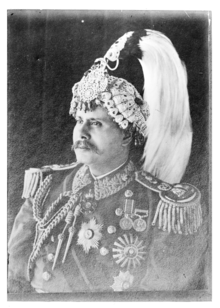 |
| Padma Shumsher Jung Bahadur Rana |
Introduction
From 29 November 1945 to 30 April 1948, Padma Shumsher Jung Bahadur Rana, the head of the Rana dynasty, served as Nepal's hereditary prime minister and as the Maharaja of Lamjung and Kaski. One of Nepal's most influential prime ministers in more than a century, he even referred to himself as "A servant of the nation" and advocated for social development.
His Contribution
Throughout his 3 years long tenure as the prime minister he performed various remarkable works. His reforms are mostly related to social welfare that can be summerised as:
- He started work on Nepal's first east-west highway. The road, sometimes referred to as Postal Highway, was primarily built to speed up the delivery of mail.
- He conducted Nepal's first-ever election in the form of a municipal election.
- On January 26, 1948, he introduced the Government Act of Nepal, but it was never fully implemented.
- He sent a number of teachers abroad for training because Nepal lacked a proper education system, he claimed. In addition, he founded a number of educational institutions, including Padmodaya High School and Padma Kanya Multiple Campus, which was also Nepal's first college for women.







0 Comments